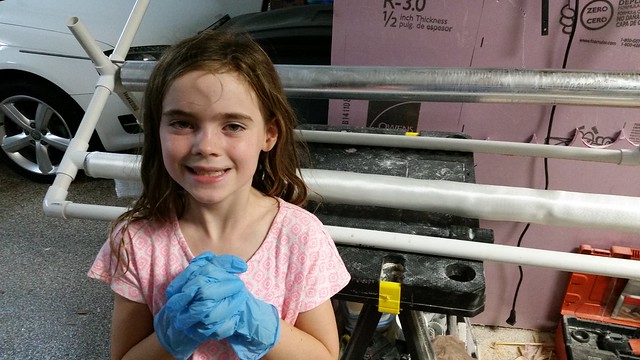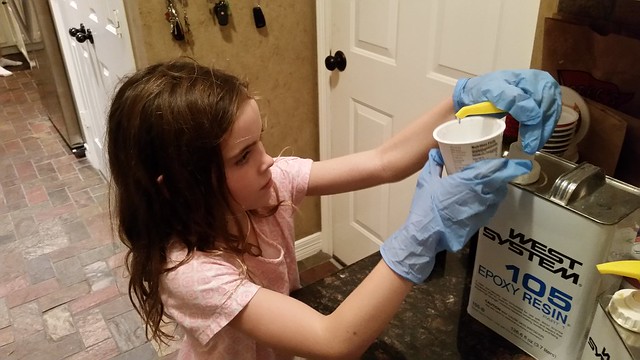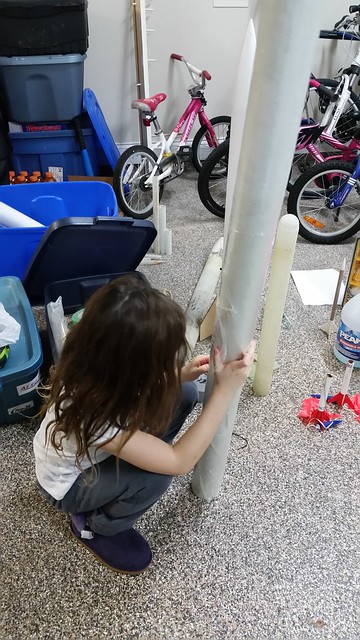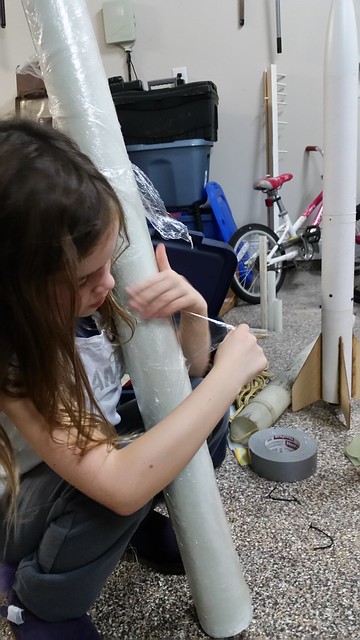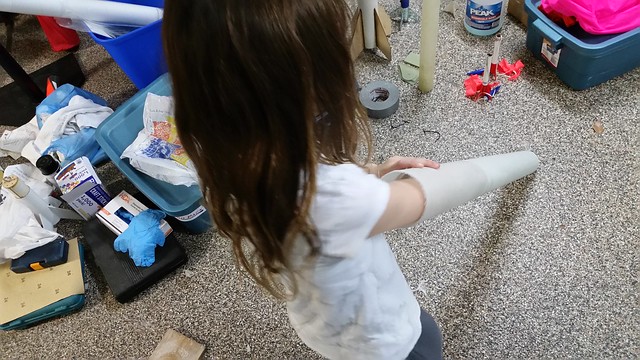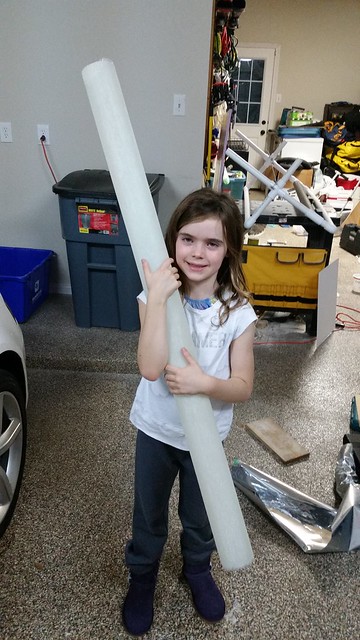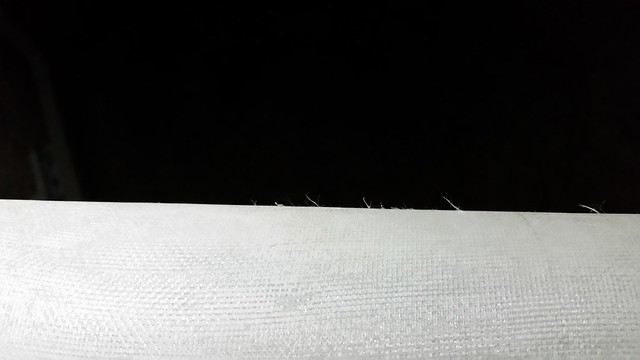Barkley
Well-Known Member
- Joined
- Jul 1, 2015
- Messages
- 572
- Reaction score
- 15
In October of last year I few my first ever rocket, and in August I got my L2. My 7 year old daughter has been with me every step of the way, and knows Newton's 3 laws of physics, can calculate center of gravity/pressure, the whole 9 yards. Her first OpenRocket design is a 29MM minimum diameter with side boosters that is just asking to get lost the moment it leaves the pad, so I asked her to design something a little different. Her design spec was the following:
- needed to be able to be flown off a sub-80 G motor (aka mid powered so she can sign the flight card on it's maiden flight)
- needed to be stable off the rail while still staying under 1500 feet (for when we launch at Johnson Space Center in Houston)
- needed to use our existing mandrels (29mm, 38mm, 54mm, 77mm)
Well... damn if she didn't design the attached OpenRocket file. Does well with G, but sims to 6000 feet and M1.2 with a big J. I mentioned that a 54mm MM would be more versatile, but she insisted it be 38. Who was I to tell her she's wrong...
Anyway, this will be my first TRF build thread, so I'm hoping to both share and learn at the same time.View attachment Flying Moo Moo.ork
- needed to be able to be flown off a sub-80 G motor (aka mid powered so she can sign the flight card on it's maiden flight)
- needed to be stable off the rail while still staying under 1500 feet (for when we launch at Johnson Space Center in Houston)
- needed to use our existing mandrels (29mm, 38mm, 54mm, 77mm)
Well... damn if she didn't design the attached OpenRocket file. Does well with G, but sims to 6000 feet and M1.2 with a big J. I mentioned that a 54mm MM would be more versatile, but she insisted it be 38. Who was I to tell her she's wrong...
Anyway, this will be my first TRF build thread, so I'm hoping to both share and learn at the same time.View attachment Flying Moo Moo.ork
Last edited:






